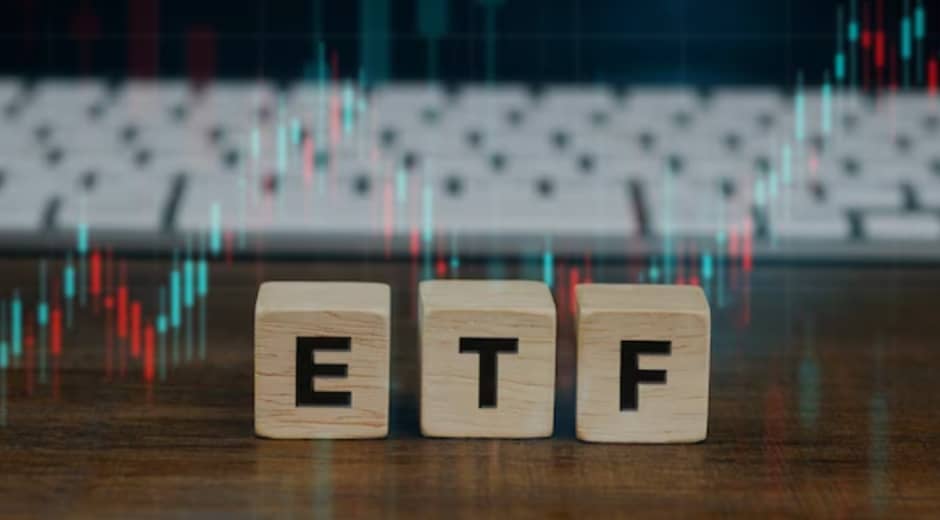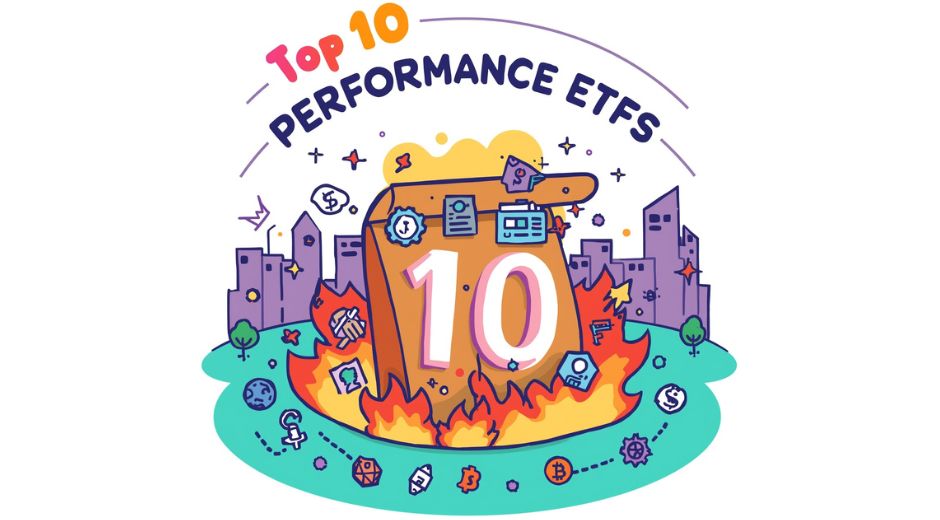Green Energy ETFs: Investing in a Sustainable Future
The investment landscape is rapidly evolving, with green energy ETFs emerging as a focal point for both institutional and retail investors seeking sustainable growth. As global emphasis on clean energy intensifies, these exchange-traded funds (ETFs) provide exposure to companies driving renewable energy innovation, battery technology, and other environmentally conscious industries.
What Are Green Energy ETFs?
Green energy ETFs are investment funds that track indexes composed of companies involved in renewable energy, energy efficiency, and sustainability-focused technologies. These ETFs allow investors to diversify across multiple firms in the clean energy sector, reducing company-specific risk while capturing broader market trends.
Some popular examples include:
iShares Global Clean Energy ETF (ICLN): Tracks companies in renewable energy production worldwide.
Invesco Solar ETF (TAN): Focuses on solar energy companies, benefiting from the solar adoption boom.
First Trust Nasdaq Clean Edge Green Energy Index Fund (QCLN): Provides exposure to leading U.S. clean energy companies.
Why Investors Are Turning to Green Energy ETFs
The appeal of green energy ETFs stems from a combination of financial, environmental, and societal factors:
Strong Growth Potential: Renewable energy investments have consistently outpaced traditional energy markets due to government incentives, technological innovation, and rising consumer demand.
Diversification: ETFs provide access to a basket of companies, reducing the risk associated with individual stock performance.
Sustainability Alignment: Investors increasingly prioritize ESG (Environmental, Social, and Governance) criteria, and green energy ETFs align with these values.
Global Trends: International agreements on carbon reduction and net-zero commitments are fueling long-term demand for clean energy investments.
According to Investing.com, green energy ETFs have demonstrated resilience even during periods of market volatility, reflecting the structural growth potential of renewable energy sectors.
Key Sectors within Green Energy ETFs
Solar Energy: Companies involved in photovoltaic cells, solar panel production, and installation services.
Wind Energy: Producers of wind turbines, energy storage, and wind farm operators.
Energy Storage & Batteries: Firms developing lithium-ion batteries and other energy storage solutions essential for balancing renewable energy supply.
Hydrogen & Alternative Fuels: Emerging companies focused on hydrogen fuel cells and other clean energy alternatives.
This diversification ensures that green energy ETFs are not dependent on a single energy source, balancing growth potential with risk management.
Performance Analysis and Market Trends
The performance of green energy ETFs has been impressive over the past decade. As global renewable capacity increases, ETFs tracking these sectors have outperformed traditional energy-focused funds. Analysts highlight that ongoing technological innovation, declining costs of renewable energy systems, and policy support are key drivers.
Investors should also consider macroeconomic factors, including commodity prices, interest rates, and geopolitical events, which can influence fund performance. Insights and analytics on these dynamics are widely available on platforms such as FocusMindFlow.com, which provides in-depth sector reports and investment analysis.
Risks and Considerations
While promising, green energy ETFs are not without risks:
Market Volatility: Renewable energy companies may experience sharp stock price swings due to regulatory changes or technological disruptions.
Policy Dependence: Government incentives and subsidies heavily influence profitability; policy shifts can impact returns.
Technological Obsolescence: Rapid innovation means that companies must continuously adapt or risk losing competitive advantage.
Investors should approach green energy ETFs with a long-term perspective, recognizing both the growth potential and inherent sector risks.
The Role of ESG Investing
Sustainability-focused investors are increasingly allocating capital to funds that integrate ESG criteria. Green energy ETFs exemplify this trend, offering a vehicle for financial growth while supporting the global transition to cleaner energy sources.
By investing in renewable energy infrastructure, battery production, and efficiency technologies, investors contribute to mitigating climate change and promoting sustainable development goals.
How to Select the Right Green Energy ETF
Selecting the most suitable green energy ETF requires evaluating:
Expense Ratios: Lower costs can improve net returns over time.
Fund Composition: Assess the balance between established energy firms and emerging innovators.
Liquidity: ETFs with higher trading volumes reduce the bid-ask spread and enhance flexibility.
Historical Performance: Consider long-term trends rather than short-term fluctuations.
Resources such as Financeworldhub.com provide comprehensive reviews and comparative analysis to help investors make informed decisions.
Future Outlook
The future of green energy ETFs is closely linked to global energy transitions, technological breakthroughs, and evolving consumer preferences. Analysts forecast sustained growth driven by:
Increased EV adoption, requiring battery and renewable energy supply chains.
Expanding solar and wind energy projects worldwide.
Rising investor demand for ESG-compliant investment vehicles.
As the sector matures, ETFs will continue to evolve, potentially incorporating emerging technologies like smart grids, carbon capture, and energy efficiency solutions.
Conclusion
Green energy ETFs represent a compelling intersection of finance, sustainability, and innovation. They provide investors with diversified exposure to the rapidly growing renewable energy sector, while supporting a global shift toward cleaner and more efficient energy systems.
With careful research, risk management, and long-term strategy, green energy ETFs can offer both financial growth and meaningful impact, aligning investment portfolios with the pressing needs of a sustainable future.
Education Made Simple

Blue Chip Stocks in 2025: Resilience, Reliability, and Real Growth
Blue Chip Stocks in 2025 remain pillars of market stability and growth, offering investors security, dividends, and consistent long-term value.

Index Funds in 2025: The Timeless Strategy Thriving in a New Financial Era
Index Funds in 2025 remain a cornerstone of smart investing, balancing simplicity, diversification, and steady returns in a volatile market environment.

Natural Gas in 2025: Balancing Energy Demand and Sustainability
Natural Gas in 2025 plays a pivotal role in global energy transition, balancing affordability, sustainability, and reliability amid evolving markets.

Tokenization in 2025: Redefining Ownership in the Digital Economy
Tokenization in 2025 transforms how assets are owned, traded, and valued, bringing transparency and liquidity to global financial systems.

Earnings Season 2025: What Investors Should Watch for in a Shifting Market
Earnings Season 2025 reveals how corporate results are shaping market confidence, guiding investors through volatility and economic transition worldwide.

Dividend ETFs in 2025: Consistent Income for a Volatile Market
Dividend ETFs in 2025 offer stability and passive income amid market uncertainty, helping investors balance risk and long-term returns effectively.












